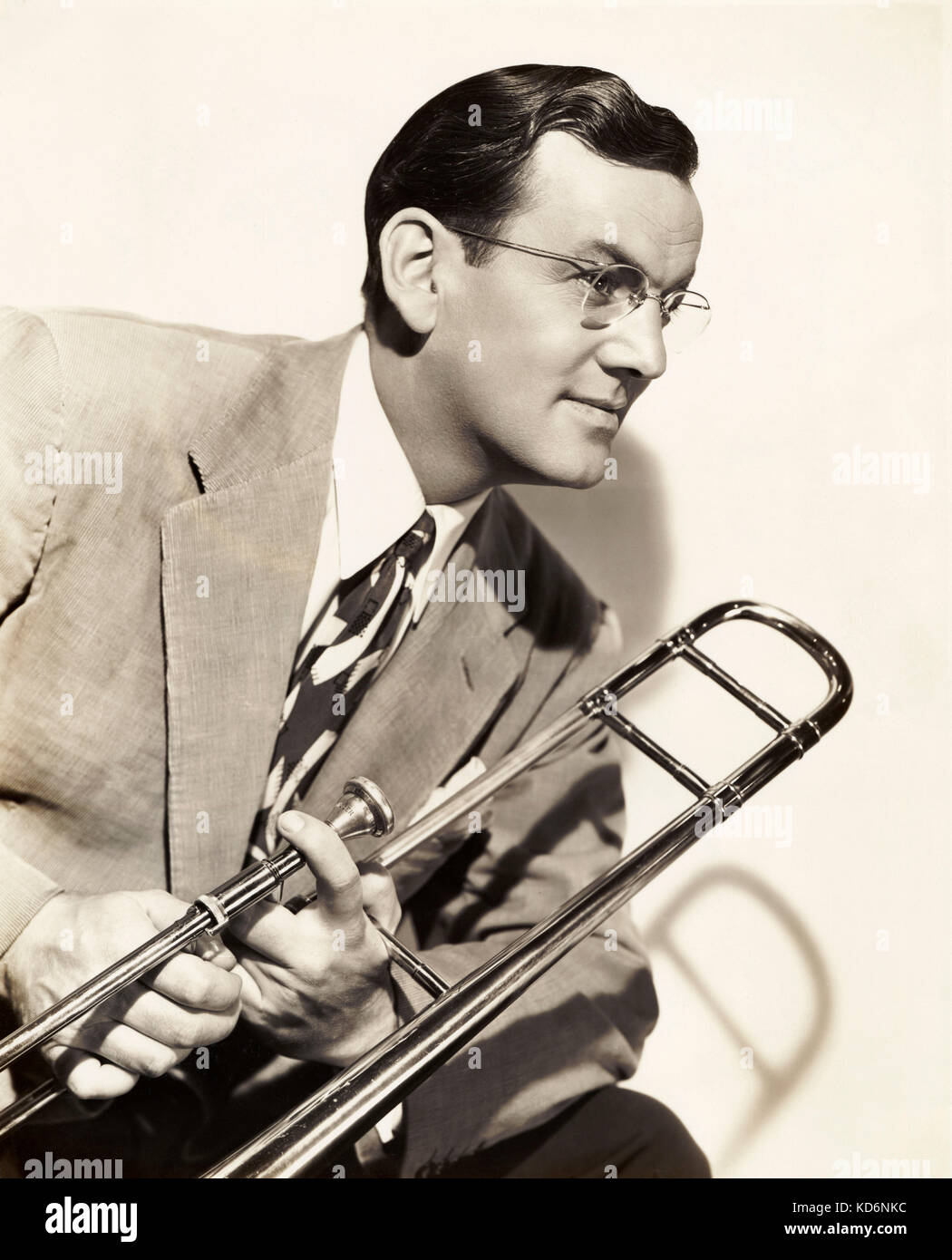An Iconic Swing Tune
The lively and unforgettable tune of "In the Mood" by Glenn Miller has become synonymous with the vibrant swing music of the 1940s. This song, with its infectious rhythm and buoyant brass arrangements, exemplifies the big-band sound that defined an era. Its irresistible beat and catchy melodies continue to resonate with audiences, making it a timeless classic.
A Cultural Staple of the 1940s
Released in 1939 and gaining immense popularity throughout the 1940s, this track became a cultural touchstone during a time when big-band music was at its peak. Glenn Miller's orchestra brought this piece to life with a distinctive blend of saxophones, trumpets, and trombones, creating a sound that brought people together on the dance floors and airwaves across America.
Fascinating Trivia
Did you know that "In the Mood" was derived from the earlier jazz composition "Tar Paper Stomp" by Wingy Manone? This transformation showcases the evolving nature of music and how artists build upon each other's work to create something new and exciting.
Enduring Appeal and Modern Interpretations
Over the years, "In the Mood" has been covered and interpreted by numerous artists, each bringing their unique flair while staying true to the song's energetic spirit. These cover versions highlight the track's adaptability and its influence on various music genres. Its presence in films, commercials, and public events underscores its ongoing relevance.
Why It Still Matters
The lasting appeal of Glenn Miller's "In the Mood" lies in its ability to evoke joy and nostalgia. It serves as a reminder of a dynamic musical era that continues to inspire musicians and listeners alike. This 1940s song remains a vibrant part of our cultural history, celebrated for its engaging melodies and the sense of community it fosters through music.








Comments (0)